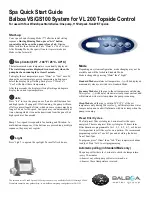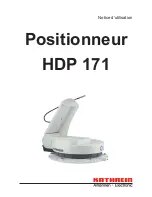
27
The troubleshooting process
The following sections identify the source of common problems that may occur with the
AR-P15 and suggests ways of correcting them.
The troubleshooting process
The troubleshooting process is designed to eliminate the most obvious causes of failure
before progressing to more complex issues. “Where problems occur” on page 28 gives an
overview of the AR-P15 components and indicates areas most likely to require
troubleshooting.
During startup, if you press the Printer/Network button on the copier Control Panel, the
following screen is displayed on the Control Panel LCD.
If the AR-P15 fails to complete its startup sequence and does not reach ON LINE status,
the most likely cause is a loose cable or board connection. See “Checking connections”
on page 30 for descriptions of AR-P15 parts and connections.
• Try a phone check before you go to the customer site.
“Before you go to the customer site” on page 29 suggests areas you should check out
before making a service call to the customer site. With a phone call, you can find
out if the problem is a simple operating failure or a failure caused by a network or
configuration change. You can ask the customer to check for loose cables on the back
of the copier and loose connections at a power strip or outlet.
• Check for obvious causes of problems.
“Preliminary on-site checkout” on page 30 takes you through the initial visual
checkouts you should make when you arrive at the customer site.
“Checking the network” on page 32 provides guidelines for checking the network
connections between the copier and the computers to which it is connected, as well as
information on several printing problems.
Printer is under preparation
PRIVATE










































